


As of 2023, we have partnered with Ecologi to reduce global CO2 emissions and rejuvenate our forests.
We will plant one tree with every order. So it's actually you, our client, who is helping us help the planet.
3D embroidery is a technique where thread is sewn over a foam piece to create a raised design. It’s very common for this method to be used on apparel like caps and beanies.


Debossing is created with a metal press, which creates a permanent indent on the product.
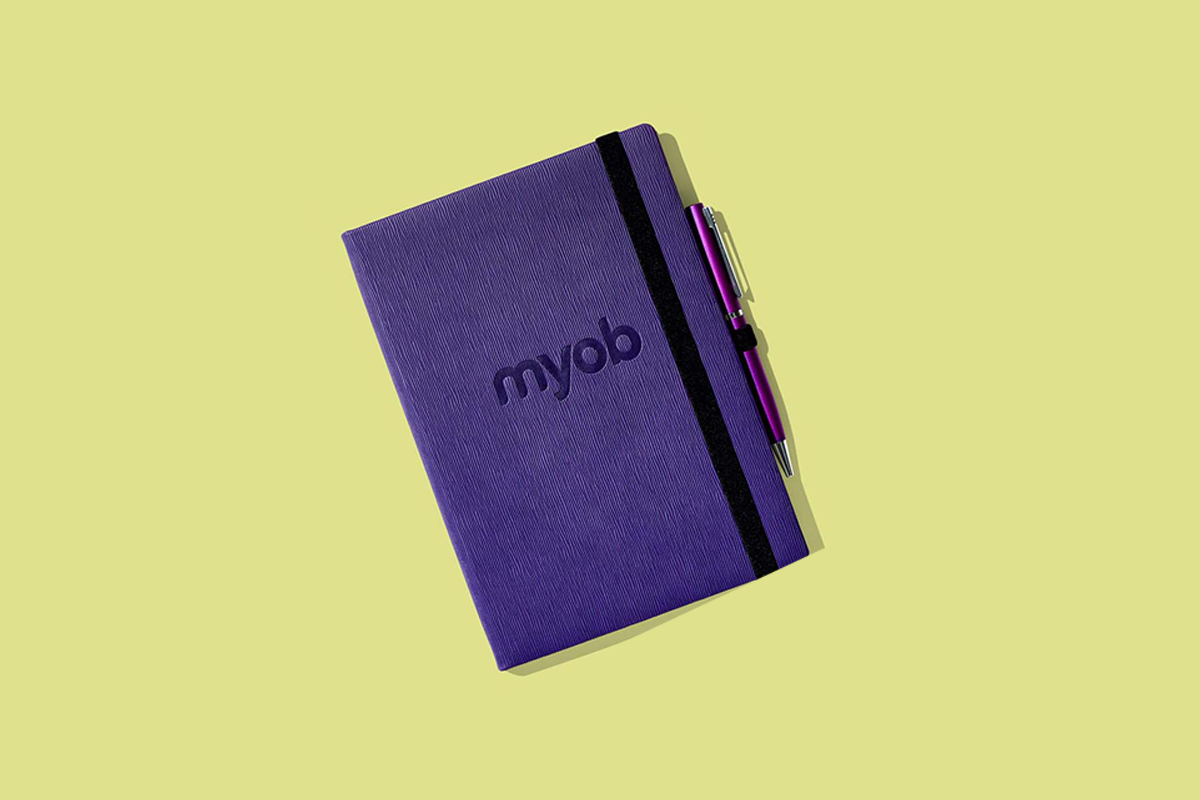

Digital Transfer or SupaColour uses heat to apply designs to products. Your logo or artwork can be highly detailed, including gradients and fine lines.
Can present the full detail of a logo and can also be used for Hi-res images/graphics.
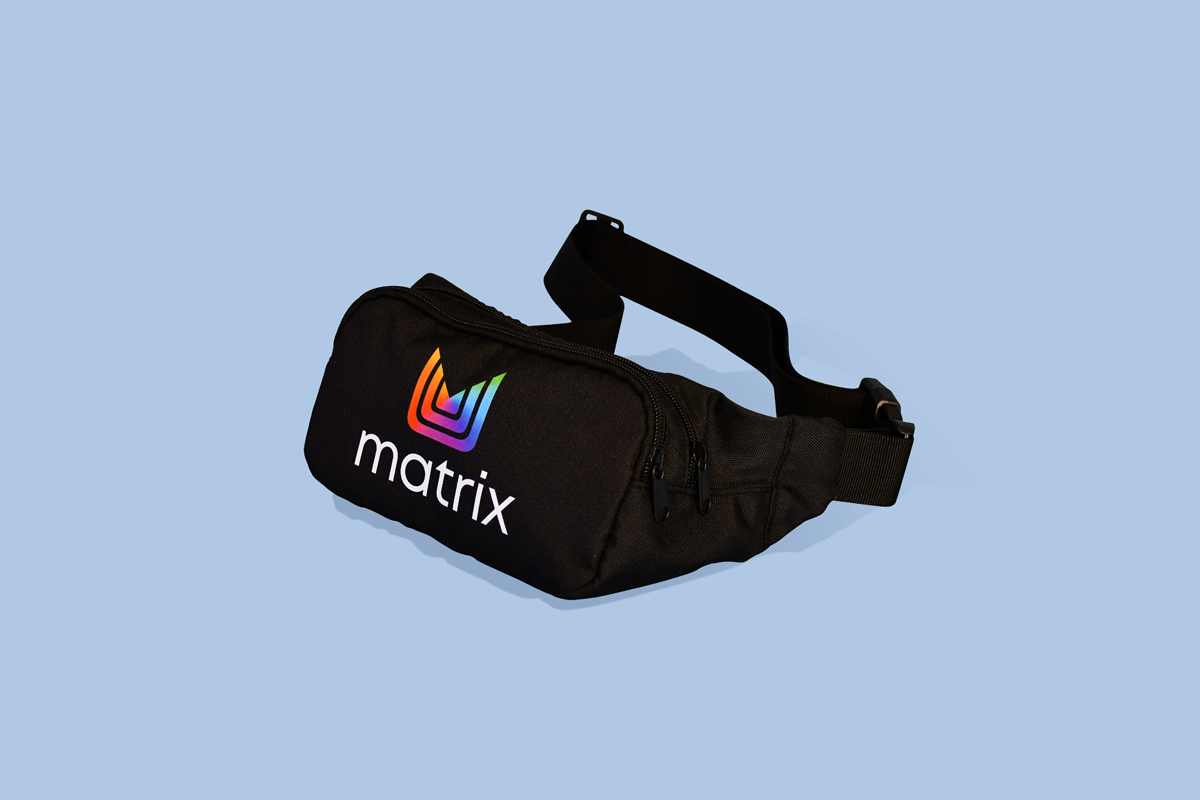

Embossing is created with a metal press, which creates a raised 3D design on the product.


Traditional method thread sewing decoration. Offers a durable finish with a long-lasting, textured and premium finish.
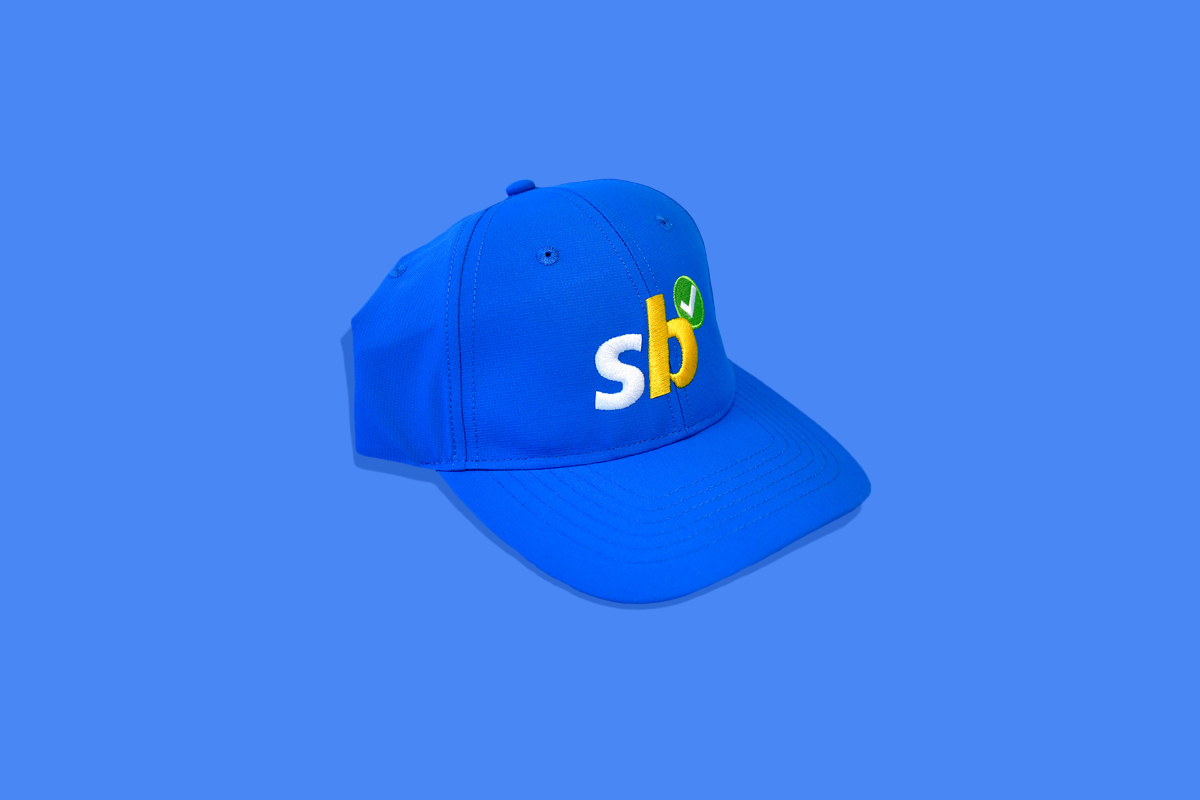

Pad printing uses traditional ink and is limited up to 3-4 colours. Usually a matt style finish, vibrant colours.
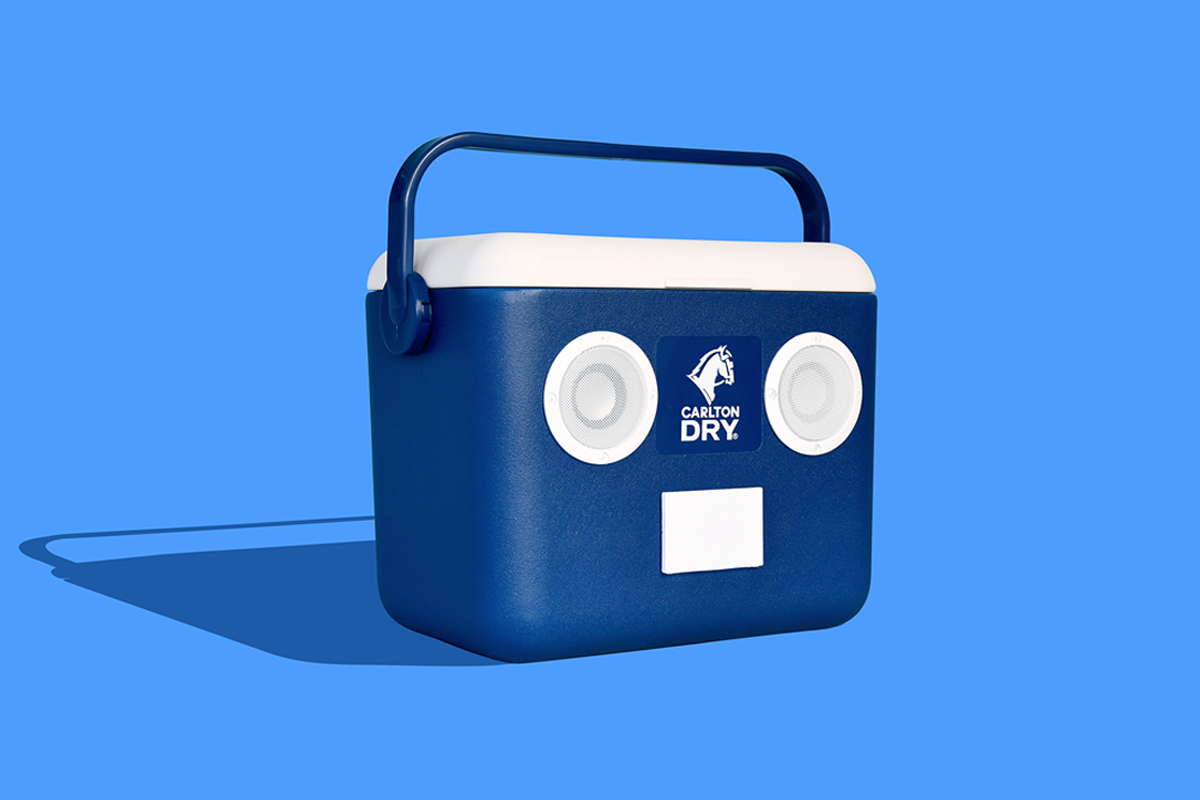

Rotary digital print is a full-colour print method that allows you to get the most vibrant and detailed full-colour design onto cylinder products like drink bottles and mugs.
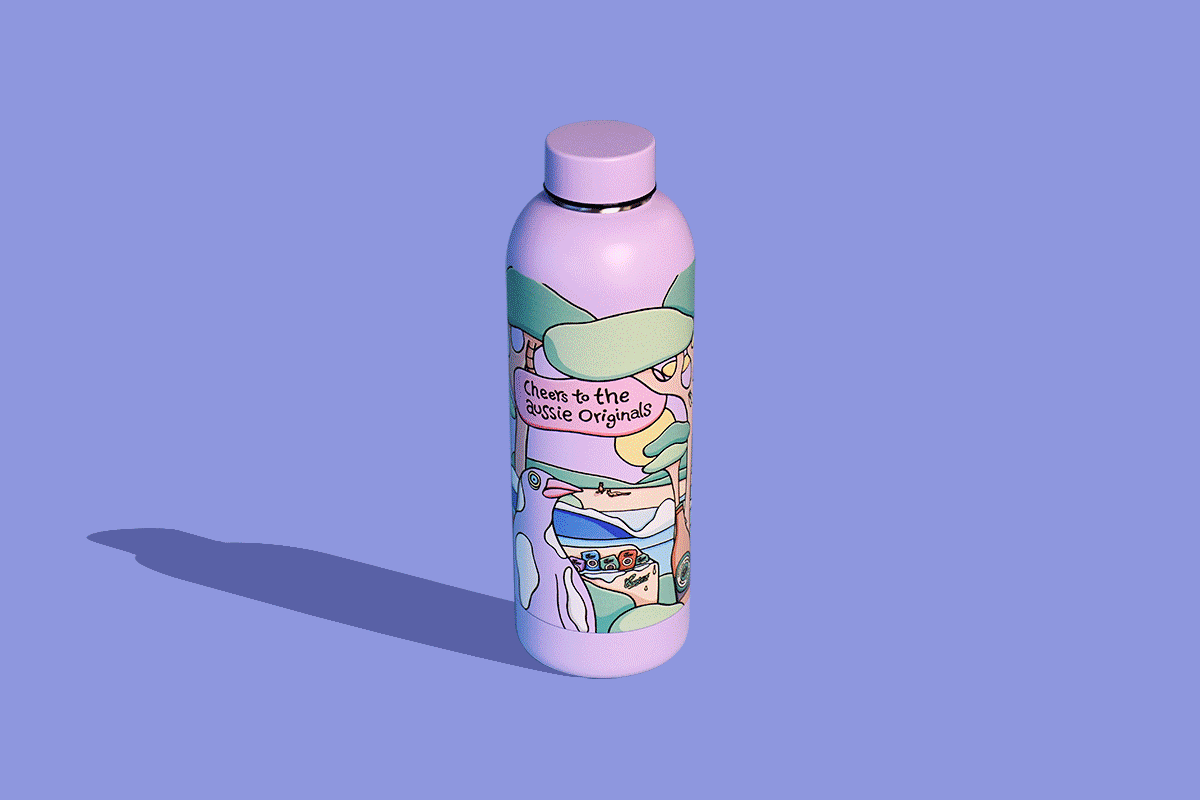

Similar to Pad Printing, Screen Printing uses a process that presses ink through a mesh screen in order to create a printed design. This method can not be used for gradient colours, only solid colours.
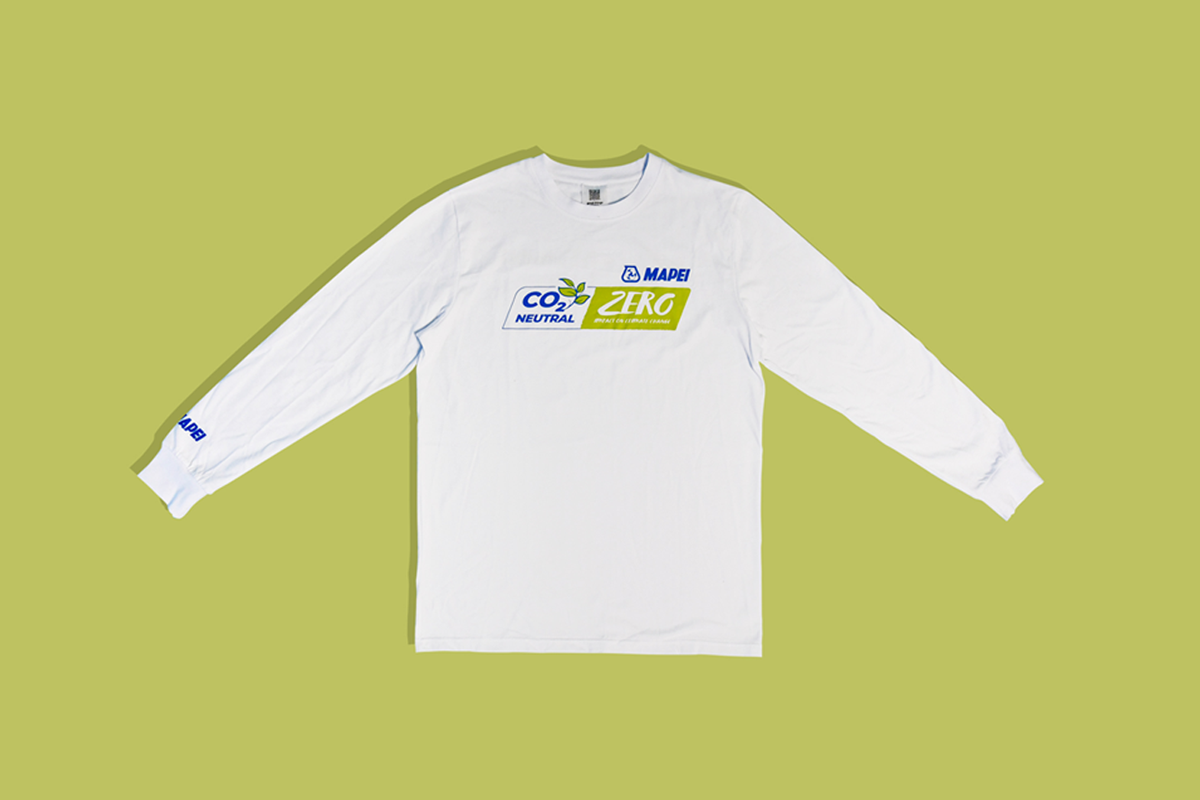

Sublimation printing is an edge-to-edge printing method.
For example, sublimation printing on shirts is a specific process of printing that first involves printing the design onto a special sheet of paper, then transferring that design onto another material (usually polyester or a polyester mix). The ink is then heated until it disintegrates into the fabric.

